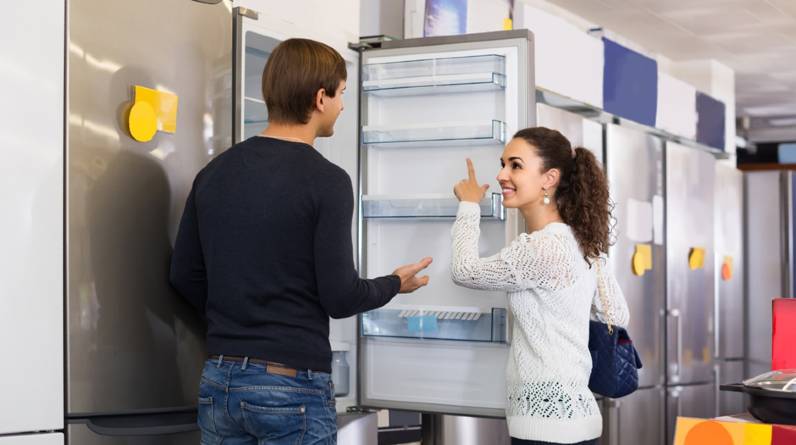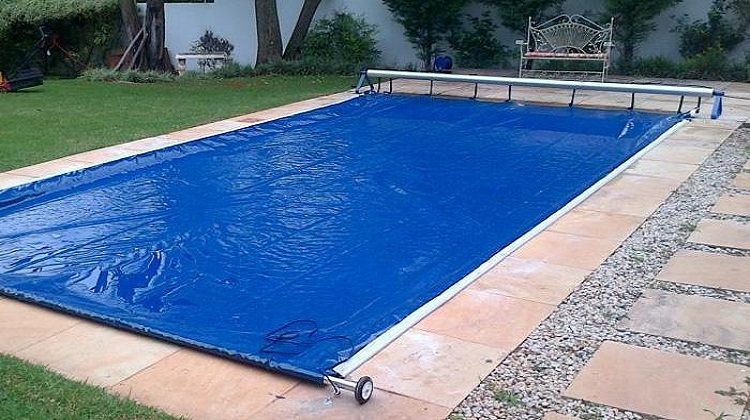
As a homeowner in Temecula, one may experience many common plumbing problems. These problems are potential damage to your home if left unattended for long. These may also increase your repair bills if you avoid the required attendance. If you are inexperienced in handling these problems, expert advice can go a long way. The blog describes the common household plumbing problems and ways to address them effectively. If there is professional help required, a qualified Temecula plumber can be called to help learn about the issues and get the accurate solution.
10 Most Common Household Plumbing Problems with Expert Advice
- Clogged Drains
A common headache, known as a clogged drain, is regularly observed in bathrooms and kitchens due to debris, grease, or hair accumulating in the drainpipe. Inadequate slope, aging pipes, and foreign objects are also causes of clogged drains.
Solution:
Use a plunger – Create a seal over the drain and push and pull the plunger forcefully to dislodge the blockage.
Try a drain snake – Insert the snake into the drain and turn the handle to break up and remove the clog.
Avoid chemical drain cleaners – They can damage pipes and are harmful to the environment.
Prevent future clogs – Regularly clean your drains with a mixture of baking soda and vinegar to keep them clear.
Expert Tip: Check your slope is steep enough to drain water. In case of persistent or severe clogs, it’s best to consult a local plumber near Temecula to get a quick solution.
2. Dripping Faucets – O-rings and washers can wear out or become damaged. Other reasons include high water pressure, adding stress on the faucet components.
Solution:
- The first step is to turn off the water supply. Unscrew the handle retaining screw and remove it using an adjustable wrench or pliers. Replace the O-ring or washer. Reassemble the faucet by repeating the steps in the reverse order. Do not over-tighten.
Expert Tip: If you’re uncomfortable with DIY plumbing, it’s best to call a professional plumber to avoid causing further damage.
3. Running Toilets
Cause: A running toilet is often caused by a faulty flapper or fill valve.
Solution:
- Open the toilet tank: Remove the lid to inspect the flapper and fill the valve.
- Replace the flapper and fill valve if damaged: Turn off the water supply to the toilet, flush to drain the tank, and replace the faulty parts.
- Test the toilet: Turn the water supply back on and check if the problem is resolved.
Expert Tip: Running toilets wastes lots of water to address the issue promptly.
- Low Water Pressure
Cause: Low water pressure can be due to mineral buildup in the aerator or pipes.
Solution:
- Clean the aerator: Remove it from the faucet and soak it in vinegar to dissolve mineral deposits. Scrub it clean before reattaching.
- Check for leaks: Inspect the pipes for any visible leaks or damage.
- Consider professional help: If the issue persists, you may have pipes with sediment buildup. In this case, consult a professional plumber for a thorough cleaning.
Expert Tip: Regularly cleaning aerators and monitoring water pressure can help you catch and address issues early.
- Leaky Pipes
Causes: Common causes of leaky pipes are aging, corrosion, loose fittings and damaged pipes.
Solution:
- Locate the leak: Identify the source of the leak, and if possible, turn off the water supply to that section of the plumbing.
- Tighten fittings: If the leak is at a joint or fitting, try tightening it with a pipe wrench.
- Patch small holes: Use epoxy putty or a pipe repair clamp to seal small holes temporarily.
- Pipe replacement: For extensively damaged or corroded pipes, it’s best to consult a professional plumber.
Expert Tip: Temporary patches are just that – temporary. A professional plumber can provide a permanent solution.
- Water Heater Issues
Cause: Water heater problems can be due to sediment buildup, a faulty thermostat, or a malfunctioning heating element.
Solution:
- Schedule a bi-monthly flushing of the water heater. Follow the manufacturer’s instructions to flush out sediment from the tank to maintain efficiency.
- Keep an eye on the thermostat settings. Reset it to the desired temperature and check if the water is getting heated.
- Test the heating element: If one or both heating elements fail, water will not get heated. Replace it if necessary.
Expert Tip: Water heater issues can be complex, so consult a professional plumber or technician for repairs or replacements.
- Frozen Pipes
Cause: Cold weather can cause pipes to freeze, and in severe cases, they may burst.
Solution:
- Prevent freezing: Insulate pipes in unheated areas of your home and maintain adequate indoor heating.
- Thaw frozen pipes: If pipes do freeze, use a space heater, hairdryer, or warm towels to thaw them slowly.
- Locate and address the source: If a pipe bursts, immediately turn off the main water supply and call a plumber for repairs.
Expert Tip: Preventing frozen pipes is far easier and cheaper than dealing with the aftermath of burst pipes.
- Sewer Line Backup
Cause: Sewer line backups can occur due to tree root intrusion, blockages, or a damaged sewer line.
Solution:
- Identify the issue: Signs of a sewer line backup include multiple drains clogging at once and sewage odors.
- Sewer line problems must be checked by a professional to avoid additional problems.
Expert Tip: Regular sewer line maintenance can help prevent backups, such as tree root removal and periodic inspections.
- Foul Odors from Drains
Cause: Foul odors from drains are usually due to bacterial growth in pipes or dried-out P-traps.
Solution:
- Boiling water: Pouring boiling water down the drain can help eliminate bacteria and odors.
- Maintain P-traps: Ensure that P-traps in unused drains contain water to prevent sewer gasses from escaping.
Expert Tip: Periodic maintenance of your drains can keep unpleasant odors at bay.
- Leaking Garbage Disposal
Cause: Leaks in garbage disposals can result from loose or damaged connections.
Solution:
- Turn off the power: Safety first; turn off the power to the disposal at the breaker.
- Inspect and tighten connections: Check all the connections, including the sink flange, dishwasher hose, and drainpipe. Tighten or replace any damaged parts.
- Test the disposal: Turn the power back on and run the disposal to check for leaks.
Expert Tip: Leaks in garbage disposals can lead to water damage, so address them promptly.
The correct knowledge, tools and experience can help deal with common household plumbing problems. A maintenance schedule comprising a self-checklist, a professional assessment and advice whenever required, and timely repair are essential steps of plumbing issues. However, call for immediate assistance when there is a need for an expert Temecula plumber.






